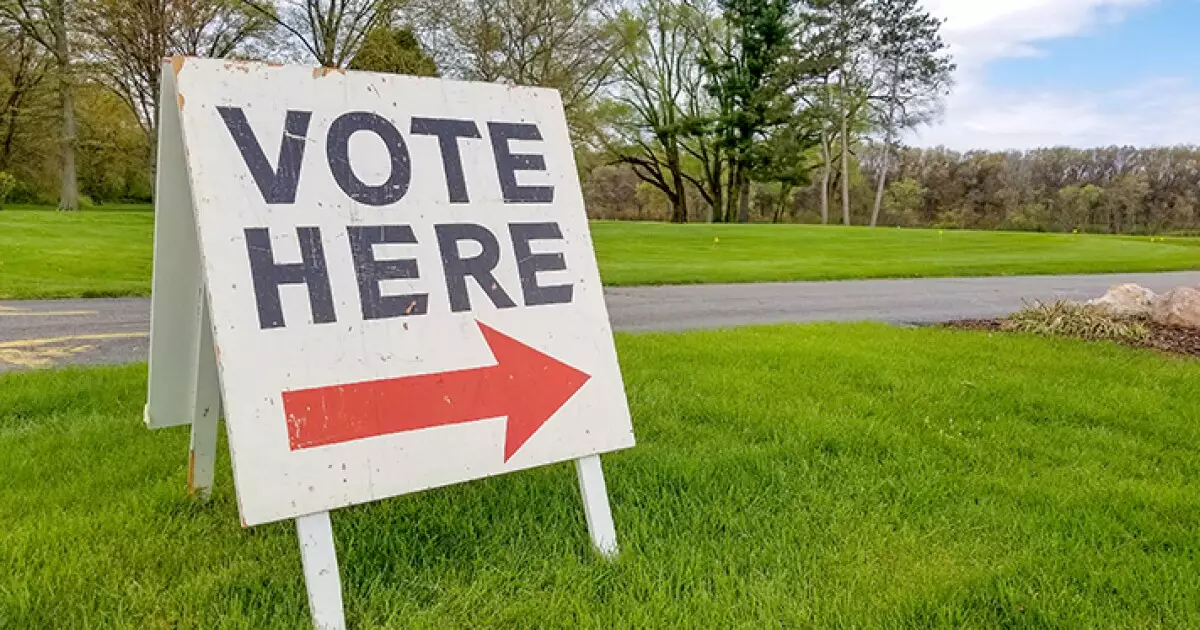The ongoing discussions surrounding local tax increases and bond issues in Texas encapsulate a critical intersection of fiscal policy, governance, and community needs. As state leaders, particularly Republican Governor Greg Abbott, push for stringent requirements at the ballot box, local governments and school districts may encounter significant hurdles in addressing budgetary constraints and infrastructure demands. This article provides an in-depth analysis of the evolving legislative landscape, the implications of a proposed two-thirds voting requirement, and the broader consequences for Texas communities.
Governor Abbott’s recent State of the State address underscored a firm stance against local tax increases, reflecting a broader commitment to enhancing property tax relief measures while limiting local taxing authorities’ powers. Central to Abbott’s agenda is the assertion that any increase in property taxes should require a supermajority vote—two-thirds approval from voters—instead of the current simple-majority standard. The governor’s demand is positioned as a protective measure against perceived governmental overreach, aiming to ‘close loopholes’ that allow for tax hikes without direct voter consent.
Critics, however, argue that these restrictions could hinder essential services. The proposed reform would particularly affect dynamic regions experiencing rapid growth, where the demand for infrastructure—such as schools and public facilities—remains high. By necessitating a two-thirds majority, the bill effectively raises the bar for local authorities attempting to fund necessary projects, potentially stymying growth and innovation.
Impacts on Local School Districts
Local school districts represent a significant case study in the effects of these legislative changes. Many districts rely on bond measures to finance improvements necessary for accommodating rising student populations. The historical trend indicates that Texas school districts have successfully passed many bond propositions through simple-majority votes. A shift to a two-thirds requirement could have ripple effects, substantially increasing the difficulty of securing necessary funding.
For instance, during the recent elections, several districts faced challenges in passing bond measures that supported crucial repairs and expansions for aging facilities. With districts like the Round Rock Independent School District failing to achieve a supermajority for their substantial $932.2 million bond issue, the move to stricter voting thresholds could exacerbate these issues. Amidst concerns about already tight budgets, the ability to invest in educational infrastructure may become increasingly jeopardized, undermining the foundational needs of Texas’ rapidly growing student population.
The Financial Climate and Credit Ratings
Beyond the immediate challenges presented by proposed voting changes, the broader economic context reveals growing pressures on Texas public schools and local governments. As inflation increases operational costs and constrains local revenues, the stakes for maintaining fiscal stability heighten. Credit rating agencies are paying close attention to these developments, with some projecting potential negative rating actions for Texas public schools if current revenue shortfalls remain unaddressed.
With diminished financial performance indicators, such as the decline in median reserves from 40.7% in 2023 to 36.8% in 2024, the implications of supermajority requirements extend beyond governance. Schools may face deteriorating credit-worthiness, subsequently impacting their capacity to finance improvements and meet community demands. A challenging budgetary environment, paired with stricter voting requirements, sets the stage for potentially detrimental fiscal outcomes for school districts.
As lawmakers deliberate the appropriateness of these voting changes, the underlying tension between fiscal restraint and community needs persists. While the intent behind demanding supermajority approval for tax increases may align with a broader tax relief strategy, it also necessitates a refined approach to governance that considers the operational realities faced by local entities. Lawmakers must cultivate a balanced framework that empowers communities while safeguarding against uncontrolled tax increases.
Transparency, community engagement, and comprehensive analyses should guide any legislative reform in this arena. Solutions must aim to enhance the capacity of local governments and school districts to meet growth-related challenges seamlessly, ensuring that Texas continues on a trajectory of responsible governance and sustainable development.
Through careful consideration and informed decision-making, lawmakers can foster healthy fiscal environments that cater to the needs of communities while avoiding the pitfalls of overly restrictive measures. Only through collaborative efforts can Texas fulfill its commitment to providing quality education, infrastructure, and services to its diverse and growing population.

